Snow had just fallen the day before and the morning air was 23 degrees with a sharp 21 mph wind gusting across the open expanse of Portland’s former landfill. So perhaps it was appropriate that the few dozen people gathered there were praising the sun.
“I want to commend you all for being hardy enough to join us on this blustery day to celebrate the power of the sun,” Portland Sustainability Manager Troy Moon told the crowd of bundled-up onlookers.
City officials and renewable energy advocates gathered Tuesday to celebrate a recently completed, 4-acre solar array installation, which joins a similar project in South Portland as the largest municipal arrays in the state. Portland’s solar farm consists of 2,816 photovoltaic panels installed over the summer on the city’s former landfill on Ocean Avenue.
While Tuesday’s event publicly marked its completion, the array has been producing power since Dec. 10, according to the city.
The array is the city’s third to come online this year, and by far the largest. It is expected to produce 1.2 million kilowatt hours of electricity a year. The city’s Riverside Golf Course has a 23 kW array and a 450 kW array was installed on the roof of the Portland International Jetport terminal, which Moon said is the largest roof-mounted solar project in the state.
“As we strive to reach the ambitious climate goals established by our City Council, these arrays will be the beginning of many,” Moon said, referencing the city’s goal of running on 100 percent renewable energy by 2040 and reducing greenhouse emissions 80 percent by 2050.
Portland’s solar array, which was delayed for about a year because of environmental issues at the landfill, is expected to produce about 3 percent of the city’s annual municipal electricity usage, enough to power City Hall and Merrill Auditorium – the equivalent of 180 typical Maine homes, according to federal energy-use data.
Fortunat Mueller, co-founder of the Portland-based ReVision Energy, which installed the panels, said it’s the third solar array installed on a capped municipal landfill in Maine, and the company plans to open another next week in Eliot. The other two are in South Portland and Belfast.
Mueller said Maine has about 1,800 acres of capped landfills – enough space for 250 more solar projects the size of Portland’s. Solar arrays on all that acreage would produce enough energy to power tens of thousands of homes, he said.
With Democrats now in control of the Maine governor’s office and Legislature, Mueller said he is optimistic about the future of clean energy in Maine, which faced significant headwinds under outgoing Republican Gov. Paul LePage.
“Transitioning Maine to a clean energy economy is not only a moral imperative, from an environmental perspective, but also one of the greatest economic development opportunities the state has ever seen,” he said.
Unlike South Portland’s solar project, which was completed on time last year, Portland’s array was delayed because of long-neglected issues at the city landfill. A lack of regular maintenance and heavy foot traffic atop the 50-foot mound had compromised the landfill cap, causing toxic leachate to seep out and some of the trash to be exposed.
The Maine Department of Environmental Protection ordered the city to fix the issues before a permit for the array would be issued.
The city spent roughly $455,000 to recap the landfill, with $60,000 being reimbursed by the state, according to a city spokesperson, plus an additional $50,000 to connect the array to the electricity grid.
The city still has another $1.1 million of work ahead to address the remaining issues flagged by the DEP.
Mayor Ethan Strimling thanked community advocates for keeping the project on the council’s radar and credited Councilor Justin Costa, who represents the district, for pushing the project forward. Costa led efforts to add $250,000 to the city budget last year to fund the first phase of the landfill remediation effort, the mayor said.
“We would not be here without your leadership,” Strimling said.
Costa said he was excited that the city was able to partner with ReVision Energy, which has an office only a mile away from the landfill, to complete the project.
“This is a major step forward to make our city cleaner, more sustainable and more environmentally friendly,” he said. “And I’m very excited we’re doing this in a completely local way.”
Other than the landfill work and grid connection fees, the city has not paid any money for the solar array. Instead, the city will pay a premium for electricity generated by the array and then have the option of buying it outright.
Officials say the city will pay 10.5 cents a kilowatt hour for the first two years, which will be increased by 2 percent annually thereafter. The city will have its first option to purchase the array in year seven at an estimated cost of $1.6 million, he said.
ReVision originally estimated that the array would begin turning a profit in 10 years, and possibly net the city $3 million over the 40-year life of the project. However, a third-party review by California-based Strategen Consulting was less optimistic, saying the best-case scenario is for $500,000 in the first 26 years.
Randy Billings can be contacted at 791-6346 or at:
rbillings@pressherald.com
Twitter: randybillings
Send questions/comments to the editors.


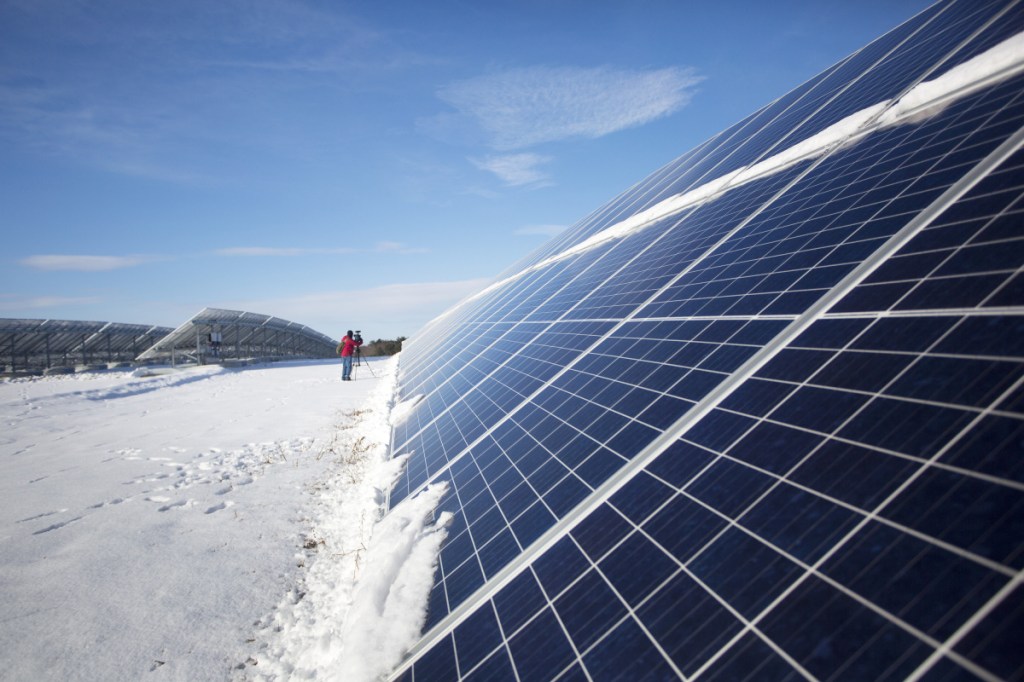
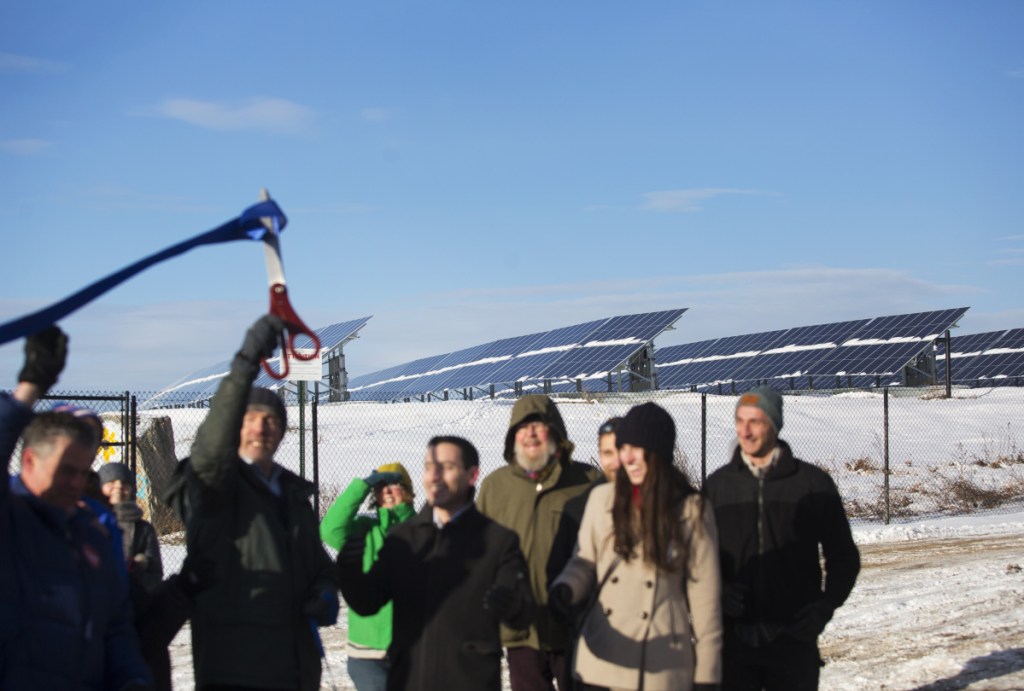
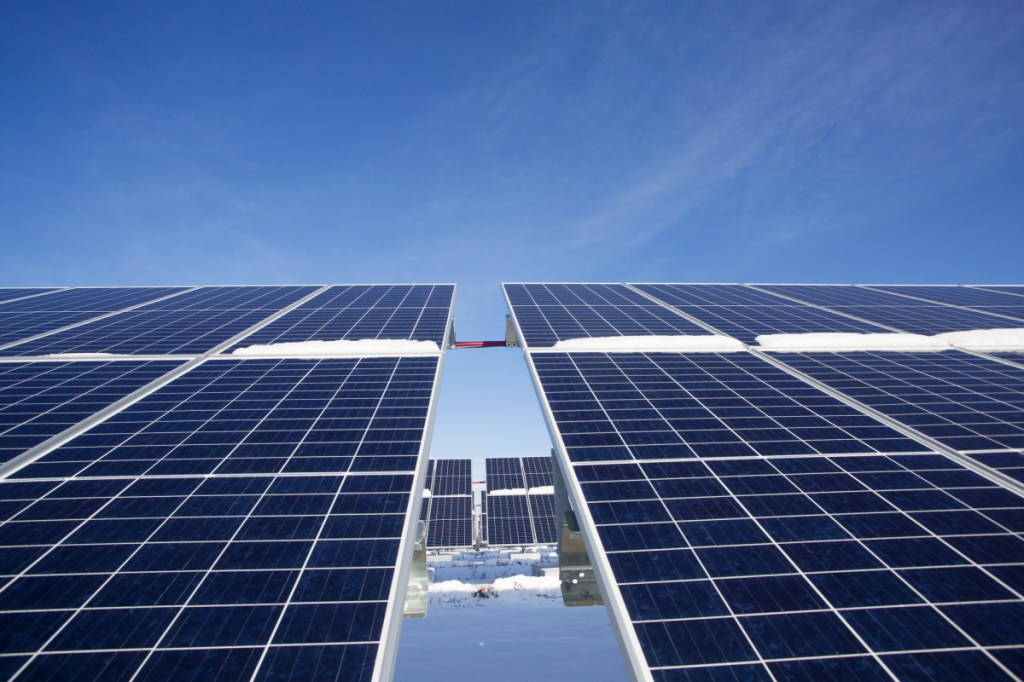
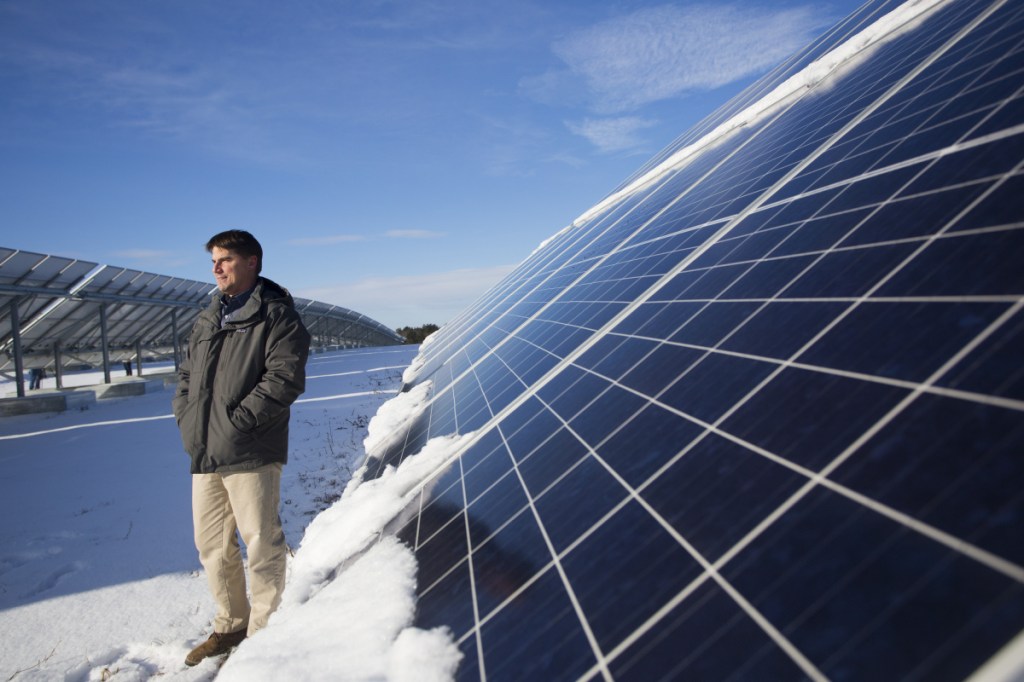
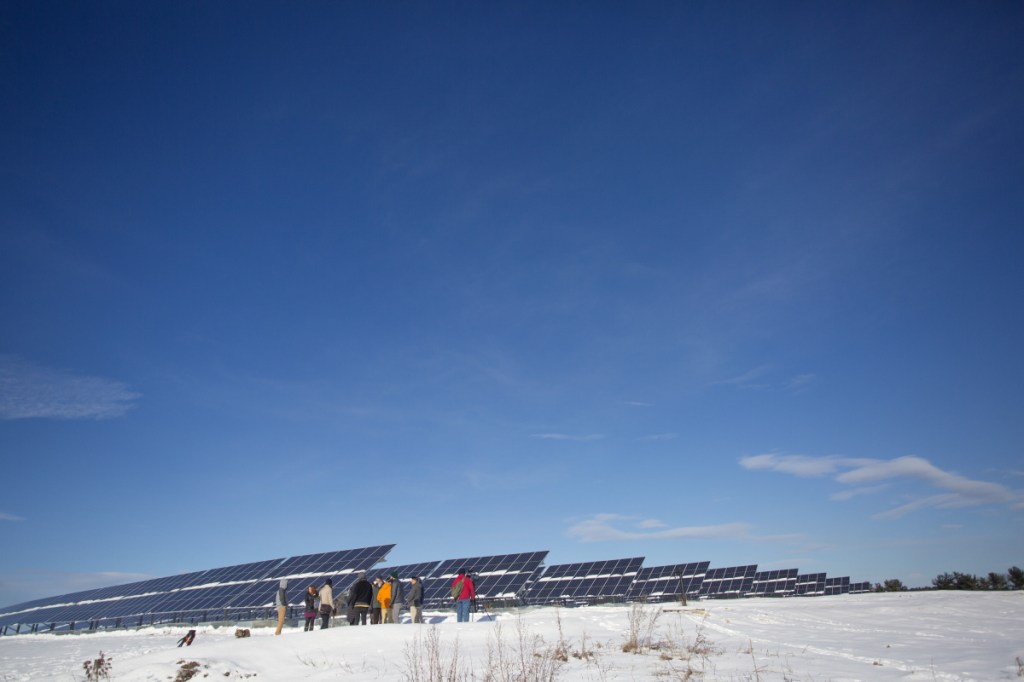
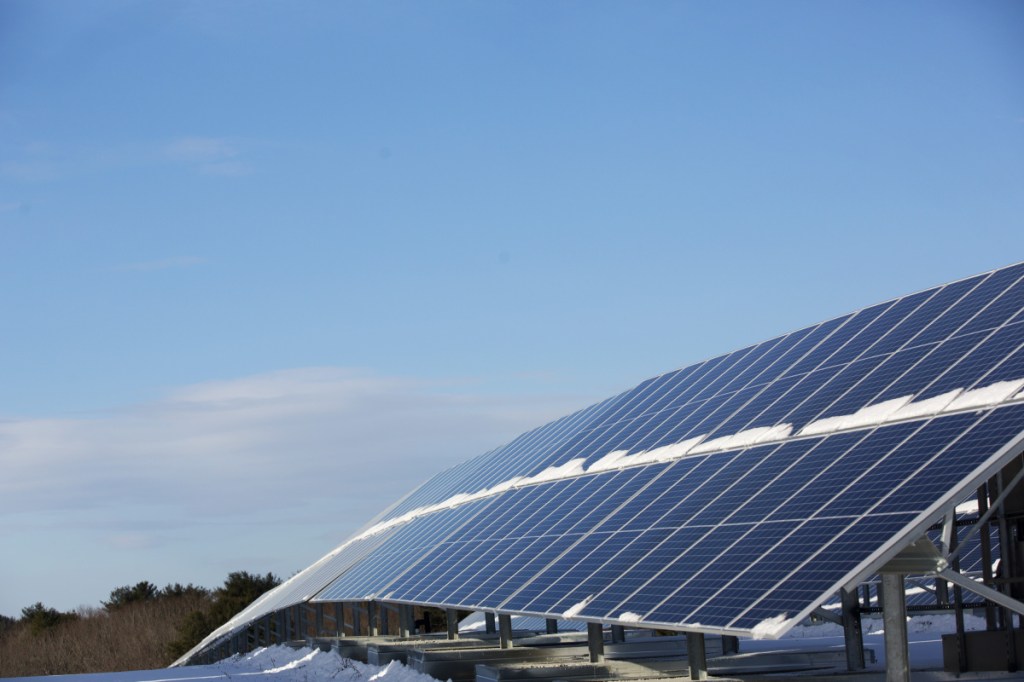

Success. Please wait for the page to reload. If the page does not reload within 5 seconds, please refresh the page.
Enter your email and password to access comments.
Hi, to comment on stories you must . This profile is in addition to your subscription and website login.
Already have a commenting profile? .
Invalid username/password.
Please check your email to confirm and complete your registration.
Only subscribers are eligible to post comments. Please subscribe or login first for digital access. Here’s why.
Use the form below to reset your password. When you've submitted your account email, we will send an email with a reset code.